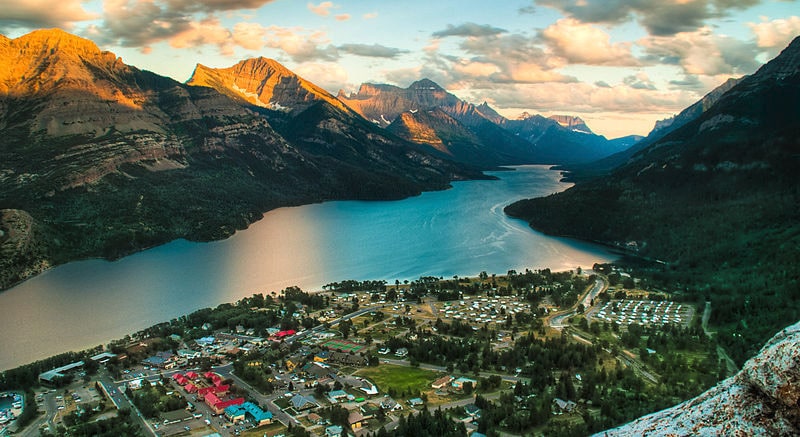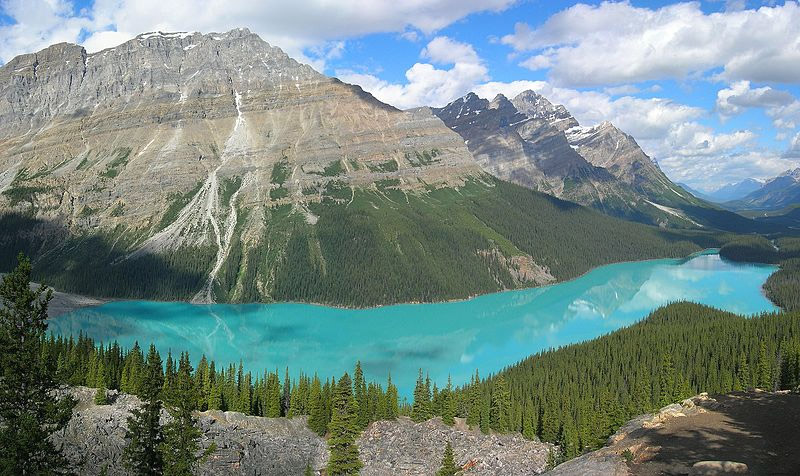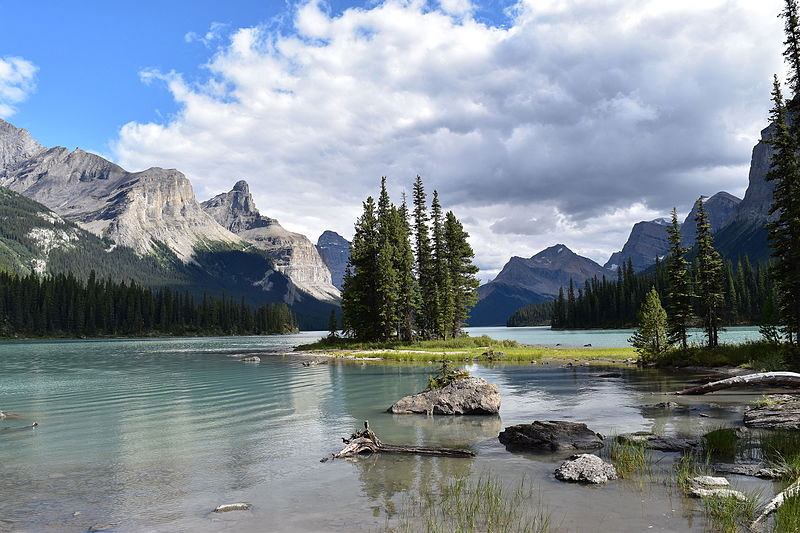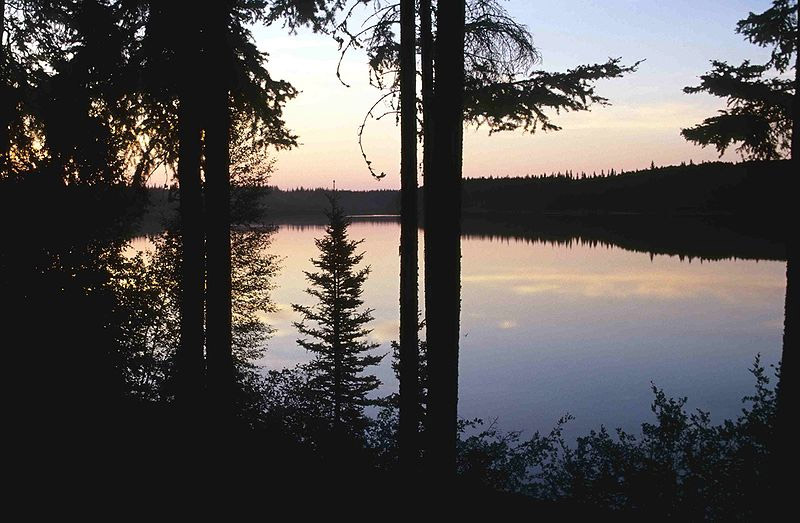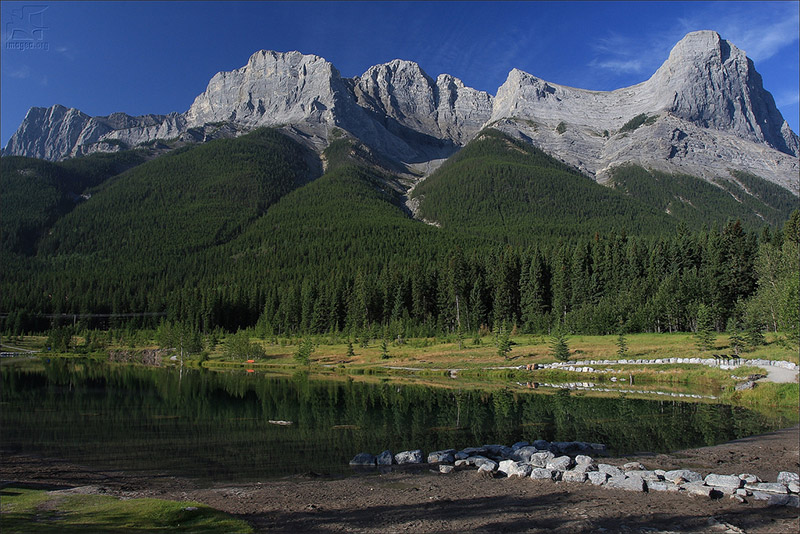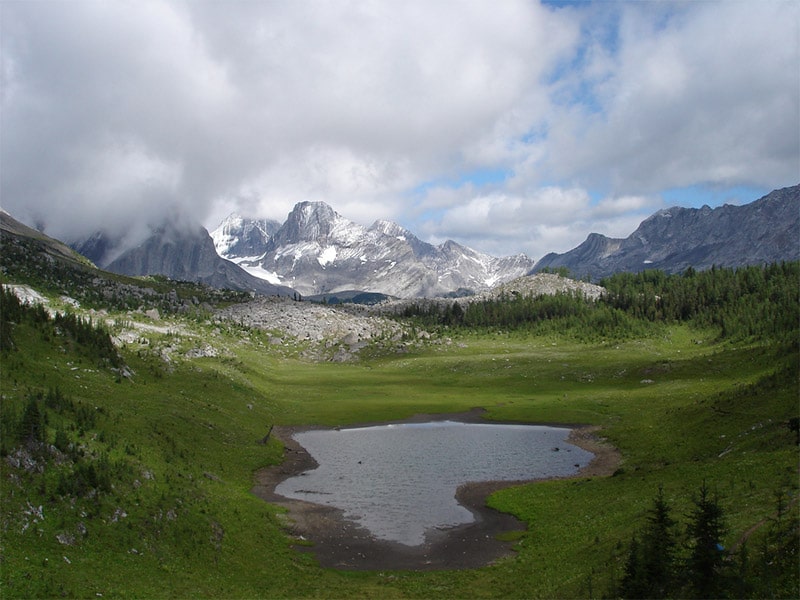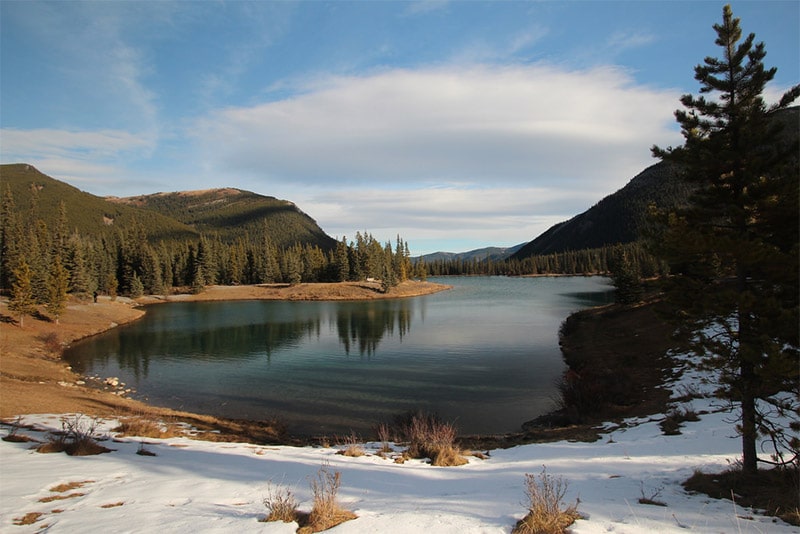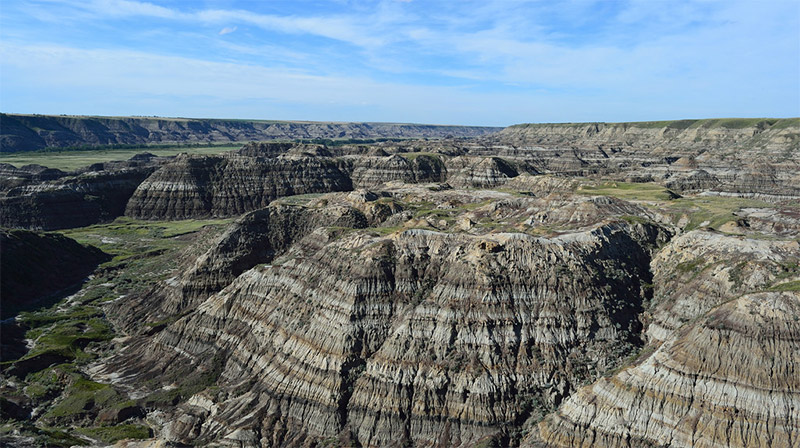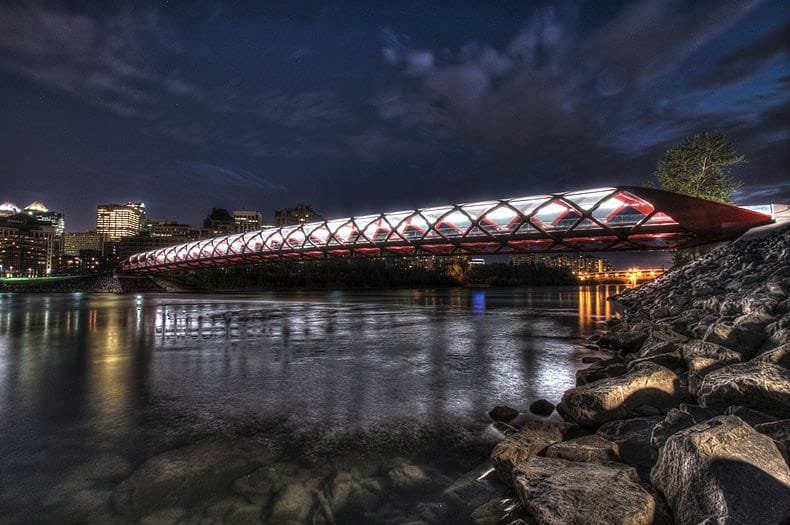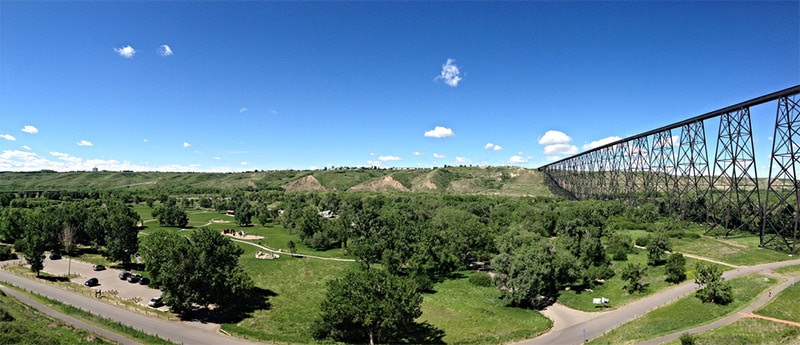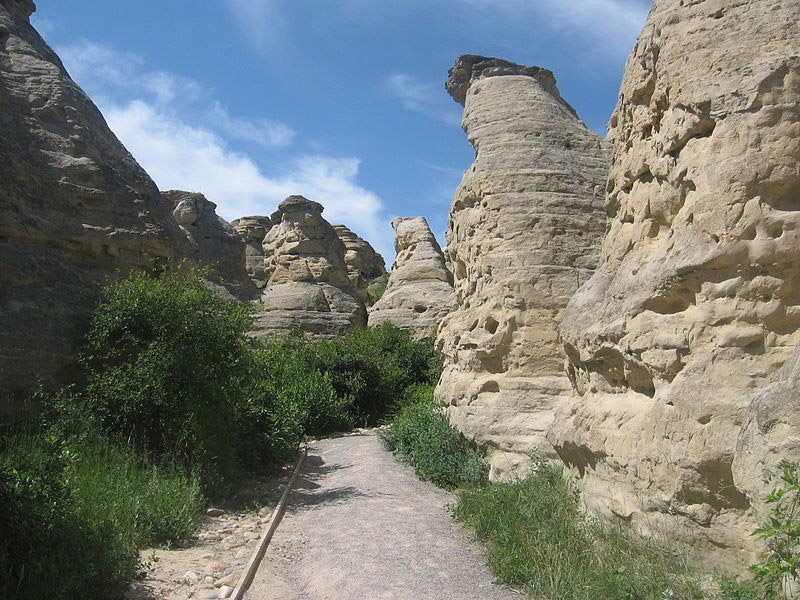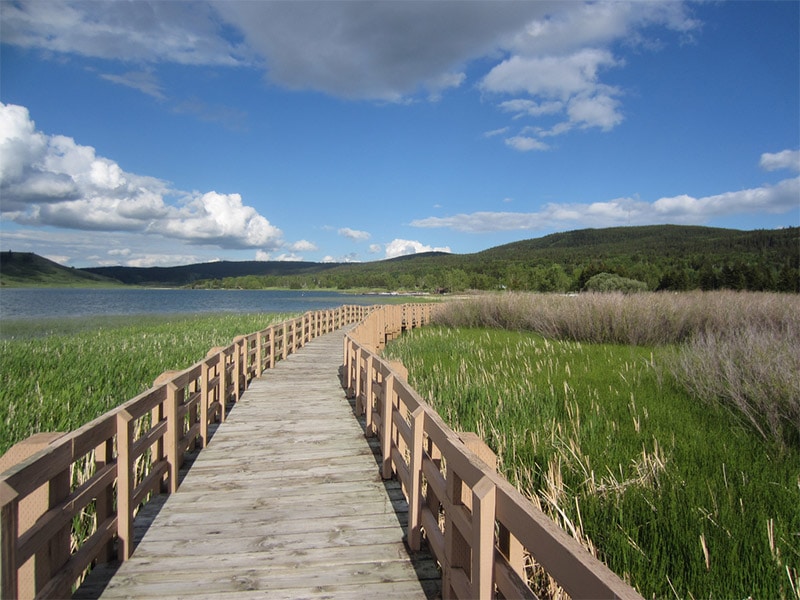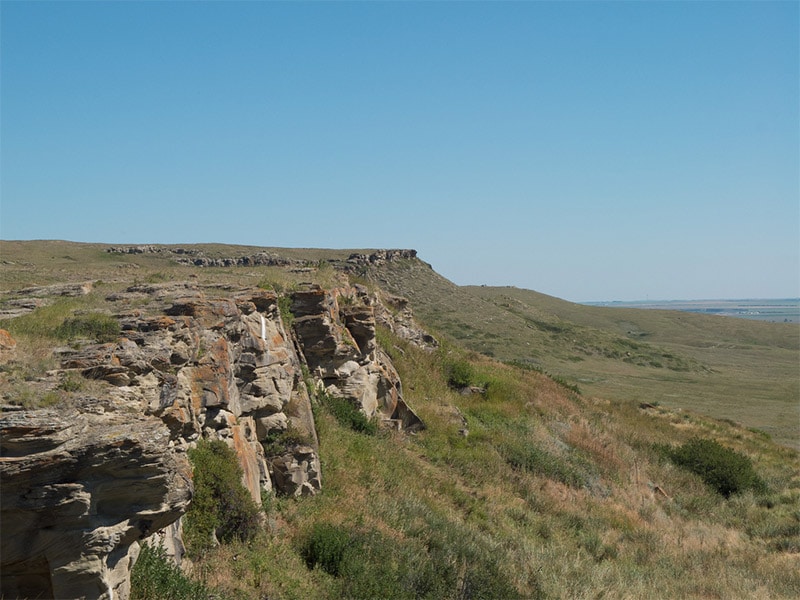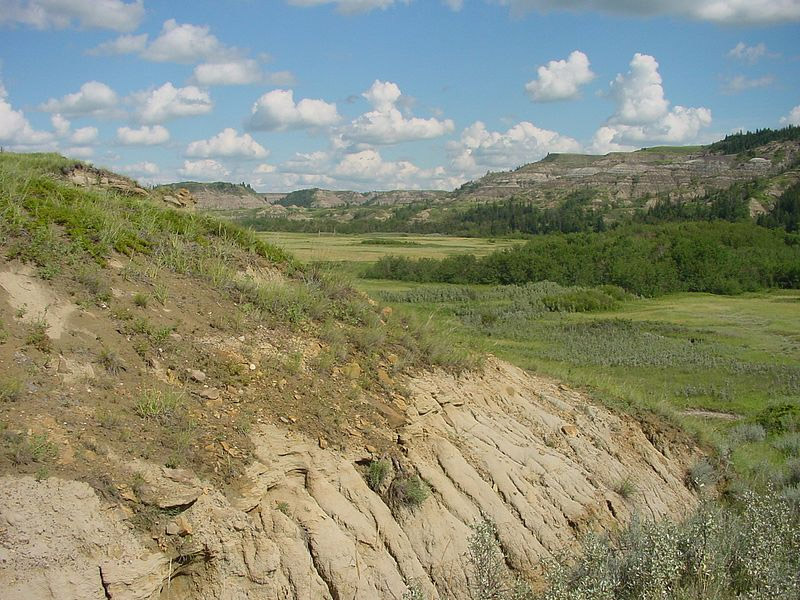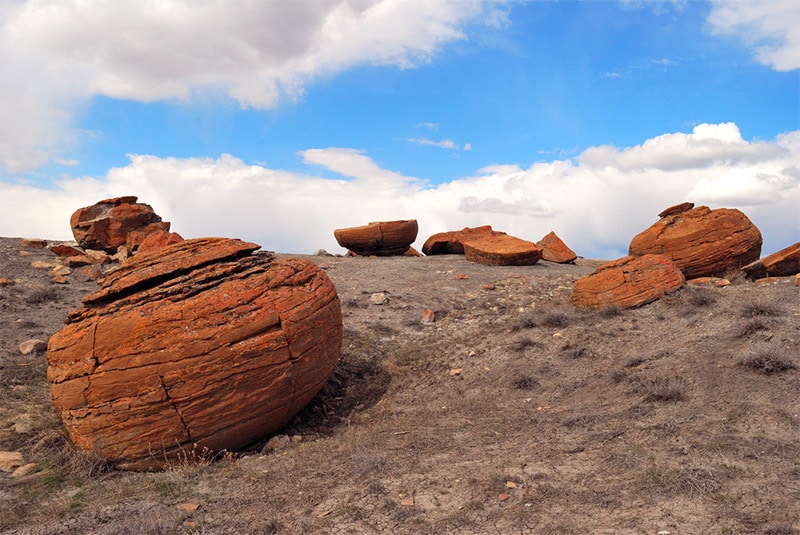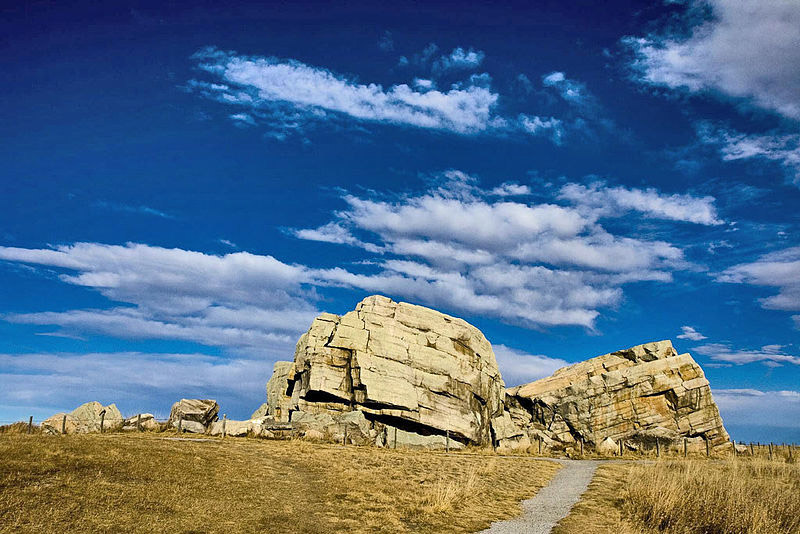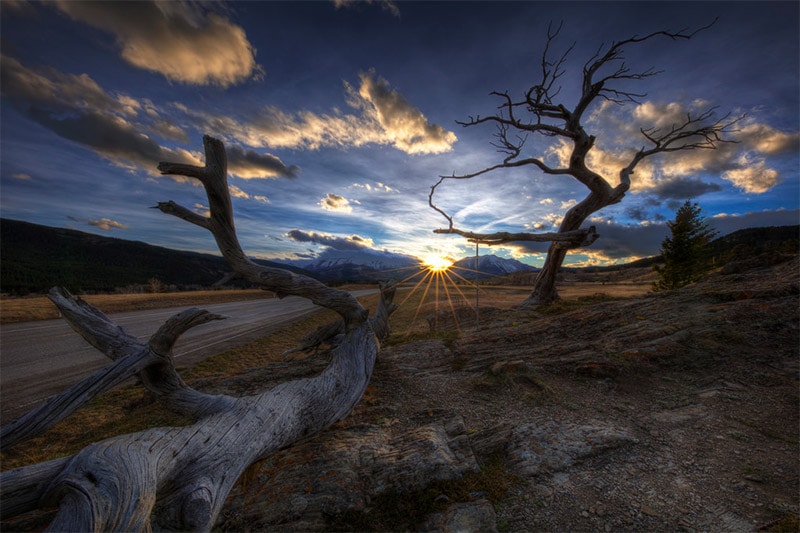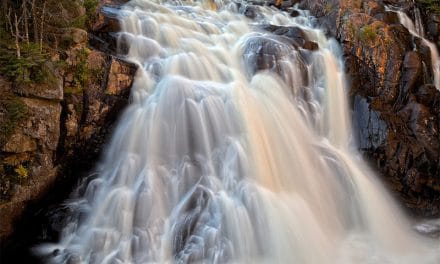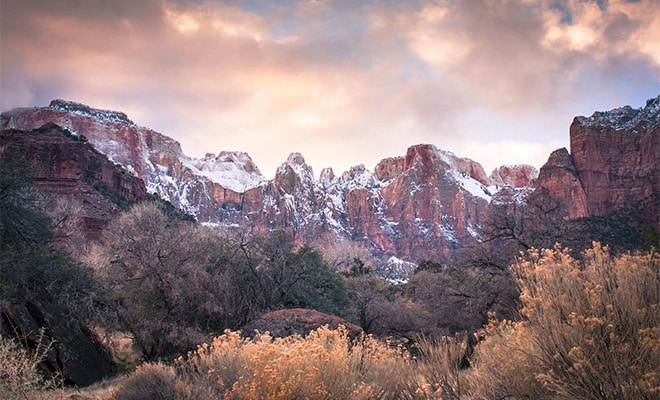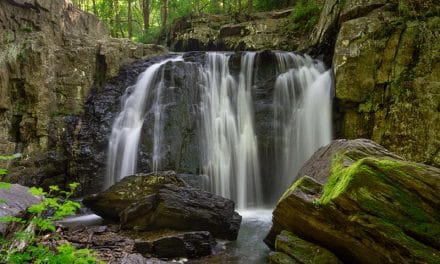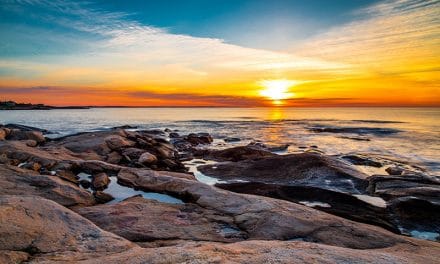Alberta is a beautiful province that has a lot to offer visitors and photographers. In Alberta you’ll find prairies, badlands, the Rocky Mountains, ponds and lakes, wildlife and more. Here you will find a few of the more popular national parks in Canada, and plenty of other places to photograph.
On this page we list many of the best places to photograph in Alberta. We plan to update the page in the future, so if you have suggestions of other places that you think should be added please feel free to leave a comment at the bottom of the page. The interactive map below shows the locations that are mentioned on this page.
Banff National Park
Banff National Park, in the Rocky Mountains of southwest Alberta, is Canada’s oldest national park. It is an icon that is a favorite of many landscape photographers. Photographs of mountains and beautiful lakes like Lake Louise, Moraine Lake, and Peyto Lake make Banff a familiar scene to many people around the world.
The park covers more than 6,000 square km and includes mountains, forests, glaciers and ice fields, and many lakes. There are several roads that provide access to the park, including the Trans Canada Highway. The Icefields Parkway leads past several of the scenic lakes in the park.
Other points of interest within Banff National Park include:
- Mount Rundle & Vermilion Lake
- Ten Peaks
- Giant Steps Waterfall
- Herbert Lake
- Castle Mountain
- Johnston Creek, Johnston Canyon and Waterfalls
- Lake Minnewanka
- Tunnel Mountain
Jasper National Park
Jasper National Park is just north of Banff National Park, connected by the Icefields Parkway. This park covers more than 10,000 square km and features the Rocky Mountains, lakes, waterfalls, and hot springs. Maligne Lake Road leads through a scenic valley to Maligne Lake. Spirit Island is further south on Maligne Lake.
Other points of interest in Jasper National Park include:
- Tangle Falls
- Pyramid Lake and Mountain
- Tonquin Valley
- Horseshoe Lake
- Athabasca River
- Edith Lake
Waterton Lakes National Park
Waterton Lakes National Park is in southwestern Alberta along the United States border. It is adjacent to Glacier National Park in Montana. Like Glacier National Park, Waterton Lakes National Park features gorgeous mountain views and abundant wildlife.
Highways 5 and 6 provide access to the park, with facilities being located along Waterton Lake. The park has many hiking trails that lead to plenty of photographic opportunities, including the Crypt Lake Trail.
Points of interest in the park include:
- Wateron Lake
- Prince of Wales Hotel
- Cameron Lake
- Mount Blakiston
- Blakiston Valley
Elk Island National Park
Elk Island National Park is about 40 km east of Edmonton. This park has played an important role in the preservation of American bison. The park is easily accessible by the Yellowhead Highway, which runs through the park an on to Edmonton. Elk Island Highway runs north of the Yellowhead Highway.
The landscape here includes grassland and boreal forest. Wildlife includes bison, moose, coyotes, elk, deer, and more. There are several hiking trails that provide opportunities to photograph the landscape and wildlife.
Wood Buffalo National Park
Wood Buffalo National Park is a massive park in northern Alberta and southern Northwest Territories. It covers more than 40,000 square km, making it Canada’s largest national park. The park headquarters is in Fort Smith, right on the border. Road access is available via the MacKenzie Highway, which connects to Highway 5 in Northwest Territories.
In addition to the wildlife and wilderness, Wood Buffalo National Park is also known for its dark sky. It is a great place to photograph the Aurora Borealis (Northern Lights).
Quarry Lake
Quarry Lake is in the town of Canmore in western Alberta, very close to Banff National Park. A trail system makes it possible to capture great photos of the lake and surrounding mountains.
Peter Lougheed Provincial Park
Peter Lougheed Provincial Park is in western Alberta, south of Canmore and Quarry Lake. This is a popular area for backpacking and cross country skiing with plenty of wildlife and an amazing landscape to offer visitors. Highway 40 provides access to the area.
Elbow Falls
Elbow Falls is a series of waterfalls on the Elbow River, east of Peter Lougheed Provincial Park. Just off of Highway 66 you can easily see the falls, although some of the park was destroyed in 2013 by a flood.
Forgetmenot Pond
Forgetmenot Pond is in southwestern Alberta, east of Peter Lougheed Provincial Park. An easy trail leads the way around this picturesque pond surrounded by mountains.
Dinosaur Provincial Park
Dinosaur Provincial Park is in southeastern Alberta in the valley of the Red Deer River. As you may have guessed based on the name, this area is known for the many dinosaur fossils found in the area. It also features a badlands landscape that is great for photography. You can get some great views from the roads within the park, or hike one of several trails.
Horsethief Canyon and Horseshoe Canyon
Horsethief Canyon and Horseshoe Canyon are in southern Alberta, northeast of Calgary. Many dinosaur fossils have been found in these badlands areas that are a few km apart. Highway 838 provides access to the area. This rugged landscape is great for photography.
Peace Bridge, Calgary
Peace Bridge is a pedestrian bridge (opened in 2012) that spans the Bow River in Calgary. It features a unique design and is a good subject for a photo day or night.
North Saskatchewan River Valley
The North Saskatchewan River Valley Parks System is a collection of 20 major parks and attractions along the North Saskatchewan River in Edmonton. At nearly 50 km long, these parks provide an excellent natural setting in an urban area.
Indian Battle Park
Indian Battle Park is in the Oldman River Valley in the town of Lethbridge in southern Alberta. Trails in the park provide excellent views of the river and bridge.
Writing-on-Stone Provincial Park
Writing-on-Stone Provincial Park (also known as Áísínai’pi National Historic Site) is in southern Alberta, not far from the U.S. border. The park protects the prairie, as well as a number of aboriginal rock carvings and paintings. The roads are at the north end of the park, near the Milk River. Even aside from the history, the rock formations and hoodoos make this a great place for photographers. The 2-km Hoodoo Trail is the best way to see and photograph the landscape.
Cypress Hills Interprovincial Park
Cypress Hills Interprovincial Park is in eastern Alberta and western Saskatchewan, located southeast of the town of Medicine Hat. This area makes up the west block of the park. There is also a separate center block located entirely in Saskatchewan. Highlights of the park within Alberta include Head of the Mountain Viewpoint, Reesor Lake, and Elkwater.
Head-Smashed-In Buffalo Jump
Head-Smashed-In Buffalo Jump is in southern Alberta, west of Lethbridge. A Buffalo jump is a cliff that was used by Native Americans to hunt bison. They would herd the bison over the cliff, breaking the animals’ legs, while other hunters waited below the cliff to finish the kill.
The location of Head-Smashed-In Buffalo Jump is where the foothills of the Rocky mountains start to rise from the plains. In addition to the historical significance, this is also a beautiful landscape for photographing. Highway 785 provides access to the area.
Dry Island Buffalo Jump Provincial Park
Dry Island Buffalo Jump Provincial Park is about 175 km northeast of Calgary. The badlands landscape along the Red Deer River is very picturesque.
Red Rock Coulee
Red Rock Coulee is south of Medicine Hat and along Highway 887. From here you can see large red boulders (up to about 2.5 meters in diameter) scattered not far from the road. A viewpoint on the road makes this an easy place to see and photograph.
Big Rock
Big Rock (also known as Okotoks Erratic) is a very large rock formation surrounded by prairie. The formation is visible from the side of Highway 7, where a parking lot is available.
Burmis Tree
Burmis Tree is a limber pine that is known as the most-photographed tree in Alberta. It is in southwestern Alberta east of Crowsnest Pass and along Highway 3. When the tree died in the 1970’s it was estimated to be about 700 years old.
Frank Slide
The town of Frank is located in southwestern Alberta near Crowsnest Pass. The Frank Slide was a rockslide that buried part of the town in 1903. Between 70 and 90 people died in the avalanche and you can still see some of the rocks.
Don’t Stop There!
- Kakwa Falls
- Orkney Viewpoint
- Kleskun Hills
Photo license links: CC BY-SA 3.0, CC BY-SA 2.0, CC BY-SA 2.5, CC BY 2.0, CC BY 3.0, CC BY-ND 2.0

